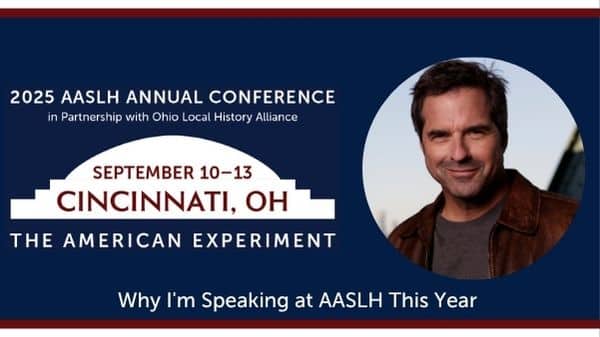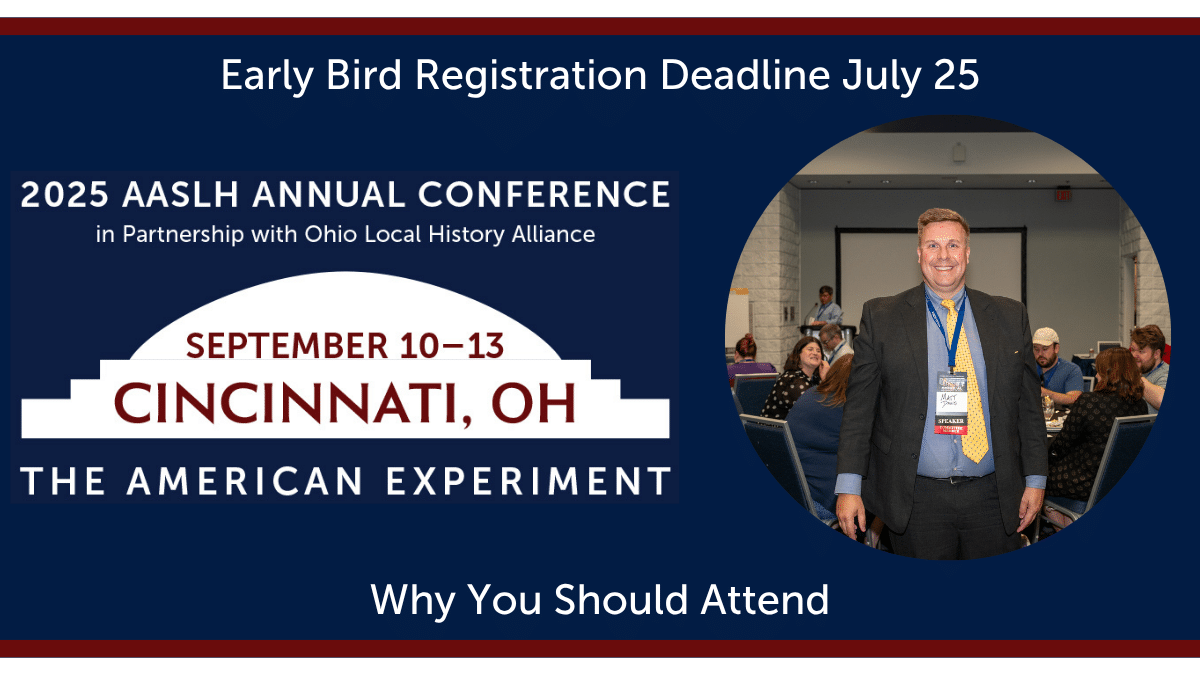
By Avi Decter and Ken Yellis
In a recent blog, Randi Korn and Paul Pearson underscored the importance of each museum or site, arboretum, or zoo clarifying its core purpose and value—and then planning accordingly. We agree that our organizations reside in distinct communities, have distinct identities, and respond to distinct imperatives. But this does not mean that our museums need to rely solely and exclusively on those qualities that make them unique and different; that is, to rely only on themselves.
In practice, many of our institutions, perhaps most, do engage in a variety of partnerships, alliances, and collaborations to further their particular institutional goals. Some of these networks are based on a common locality; others are grounded in the traditions and practices of an ethnic, racial, religious, or occupational group; and still others are based on the shared interests, ideas, or expertise of the institutions themselves.
Marsha Semmel, in her recent book Partnership Power: Essential Museum Strategies for Today’s Networked World (2019), argues that partnering is a critical professional skill and an “essential strategy in this networked age.” She goes on to say that:
“Despite significant and increasing activity in this area, many museums have not built a partnership mindset into their ongoing work, and do not necessarily create resources or conditions for successful partnerships as part of the organizational chart, mission, vision, or overall infrastructure.”
It’s worth asking why this is the case. Are such partnerships not budgeted for reasons of cost in staff time and other expenses? Do they fail to see any benefit to them from collaborating with other organizations, such as learning something, gaining access to certain resources, or creating something not possible alone? Do they feel their mission or focus or agenda constrains them? Is there something about the culture of museums that militates against working well with others?
Identifying the source of the resistance might be helpful. We know that going it alone is not always the best or the most efficient way to get things done, but is efficiency a goal? In many areas of communication, information sharing, engagement, and outreach, collective action is needed to achieve success, but is this a goal? Partnerships allow you to take on a project whose magnitude or complexity (such as the current pandemic) would not be doable alone, but is going bigger a goal?
In life, working—and playing—with others is how we learn. This is true of organizations as well, maybe even more so.
Partnerships necessarily change the partners in order to achieve common objectives; they’re worth doing, if only for that reason. Networks can bring diverse, often complementary, perspectives to bear on a problem; they’re worth doing, if only for that reason. Moreover, productive partnerships can be developed that engage both for-profit and non-profit organizations in a mutual project or cause.
We are in a moment of scarcity such as the museum field has never experienced before. Most American museums are closed to public visitation, incomes are depleted, and layoffs are ravaging our institutional staffs. Museums are not alone in this; their supporters and also potential partners may be going through it, too. Now is a good time to ask ourselves what new skills, what new practices, what new modalities are likely to help us thrive during and after the pandemic and to meet the needs of our constituents.
An obvious starting point are partnerships of various kinds among community organizations with overlapping interests―museums and libraries, community centers and historical societies, schools, colleges, and universities, performing arts venues, archives, and other cultural organizations. These can be one-off arrangements focused on a specific goal, but they can also be long-term, multivalent relationships. Eventually, some enduring alliances will create networks, processes, and systems that can operate for institutional and communal benefit.
But to get onto the partnership track requires that we ask ourselves what aspects of our institutional mission can best be realized by following that path. We should also ask what threat to organizational needs or values partnerships might pose—and how to respond when that fear is voiced.
Avi Decter has worked in public history for over forty years, and is the author of Interpreting American Jewish History at Museums and Historic Sites. His many projects include the Boott Cotton Mill at Lowell National Historical Park; the U.S. Holocaust Memorial Museum; Louisville Slugger Museum and Visitor Center; and the National Civil War Museum in Harrisburg, Pennsylvania.
Ken Yellis, principal of Project Development Services, is a historian with four decades in the museum field. Yellis has worked extensively with the Museum Education Roundtable and has been involved in over a hundred history, science, and art exhibitions.
How is your institution coping with COVID-19? Share your ideas and experiments with the field on our blog. Email [email protected] to submit a blog post.



